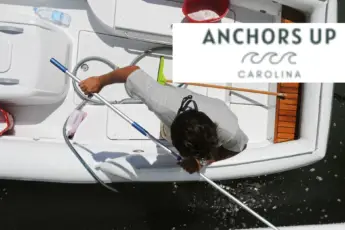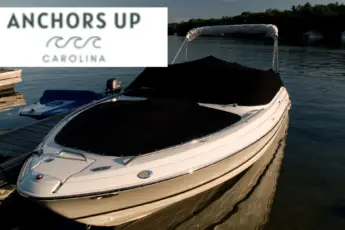One of the most valuable resources in a situation where a watercraft is taking on water is a dewatering pump otherwise called a trash water pump. The pump is designed to remove water from unintended areas at a rapid rate. There are many variations regarding how they are powered or how quickly they move water. I have worked with dewatering equipment aboard yachts; therefore, I know exactly how they are helpful for boating.
What is a Boat Dewatering Pump
The purpose of the boat pump is to remove unwanted water intrusion. Water intrusion is caused by many reasons, including colliding with an object resulting in a hole, hoses coming free, high seas, and other reasons.
Without a doubt the vast majority of vessels do not carry trash water pumps. It should be noted that dewatering devices are not the same as bilge pumps. Instead, the pump is used in emergencies when water inundation is so extreme that a bilge pump cannot keep up.
Importantly, a pump is a solution to bridge the gap of delivering the vessel to an area where repairs can be made before it succumbs to water inundation and capsizes. Water will continue to enter the boat, but the pump’s efforts will keep the vessel stable.
Why Yachts Keep A Dewatering Pump Onboard
As a former captain, I worked aboard yachts and the vessels stored pumps intended for dewatering onboard at all times.
On yachts, crew members pay special attention to dewatering units. Like most machinery aboard a yacht, it makes the list of the items that require routine testing and maintenance. After all, it could mean the difference between life and death.
On a monthly basis the dewatering pump was removed from the aft storage area and tested. Importantly, the unit was inspected for any issues, and that also included the both the intake hose to suck the water up and the discharge hose on the opposite side.
Undoudablty the dewatering device is heavy. In an emergency situation crew is required to move it to the location necessary. Each time the pump was moved, it required two people for the motor and another to carry the hoses.
Testing of the pump included priming the intake hose with water, priming the engine, starting, and running the machine. While testing, the intake hose remained in the water while the discharge was held by hand and allowed to release into the intercoastal waterway. In order to prevent the engine from gumming up, the fuel line was turned off, and the engine was run dry of fuel. Lastly, the oil was checked and changed at regular maintenance intervals.
Marine Rescue Dewatering Pumps
Importantly, yachts and other large vessels carry dewatering units because they are large enough to stow one. Consider the pump a luxury item in the unlikely event it is needed.
Marine rescue units, including the Coast Guard, SeaTow, and Tow Boat US carry dewatering pumps. For this reason, they prevent vessels from sinking by utilizing this valuable piece of equipment in emergencies. I can tell you that boat rescue memberships are worth it.
Believe it or not, dewatering units are used more frequently than most might imagine. Boats encounter situations, and unfortunately, more times than not it is a result of inexperienced operators. Inexperienced operators improperly handle vessels in rough seas or run aground. In both of these situations, water inundation is the primary concern; therefore, pumps are needed to prevent total loss.
The next time you’re on the water, know that resources are available in an emergency, but it is best to operate wisely and avoid a situation altogether.
Importance Of Maintaining A Dewatering Pump
Too often overlooked is dewatering pump maintenance. What benefit does the piece of machinery provide if it doesn’t start or the hoses are cracked?
If the thought of needing to use a pump isn’t scary enough imagine the heart sinking feeling when it doesn’t run during that critical time.
Unquestionably pumps must be tested. Owner/operators of medium sized vessels with onboard dewatering pumps must create a maintenance chart. The chart will act as a reminder to not only test and service the equipment but to remain familiar with how to use the equipment.
Sinking vessels will cause unimaginable panic. Familiarizing yourself ahead of time with the operation of the pump will make the task of removing water less daunting when necessary in an emergency.
Make Learning And Testing Your Onboard Safety Equipment A Priority
Fortunately, I have never been in an emergency situation despite spending months a year on vessels. However, I am confident that diligence in routine maintenance and learning how to use devices like trash water pumps would help to handle an unexpected situation better. Therefore, I highly recommend that you both familiarize yourself and create a maintenance chart to keep yourself, your family, and your friends safe on your boating adventure.








